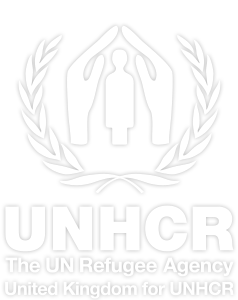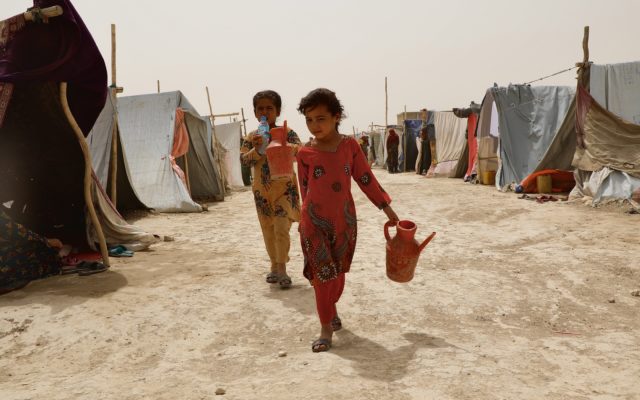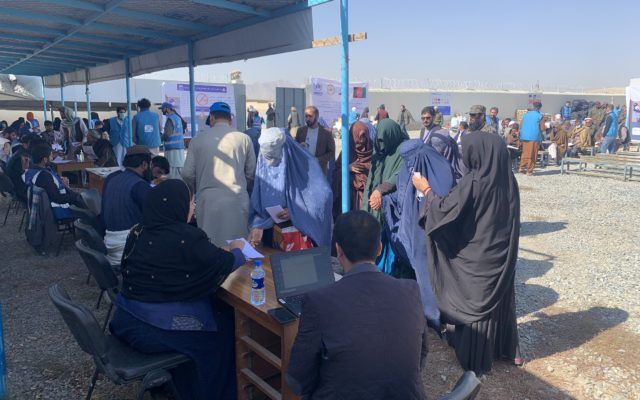Displaced families in Kabul caught in downward spiral
Months after fleeing to Afghanistan’s capital, aid is the only lifeline for many displaced families trying to survive a winter of soaring unemployment and food costs.
© UNHCR/Andrew McConnell
Mullah Ahmed’s* children gaze at the flames licking up the inside of the family’s small stove. The warm glow in their mud-brick house is a welcome relief from the cold of the Kabul winter beyond the curtain door.
But as he lifts a blackened kettle from the stove, Mullah releases a burst of noxious fumes. He is burning strips of old carpet and other combustible rubbish that he has found in the streets. “What can I do?” he says. “We can’t afford wood.”
This displaced family battling winter in Kabul is a familiar story of adapting to survive in Afghanistan. But for Mullah, the options are running out. He and his extended family of 14 are among some 700,000 people forced out of their homes over the past year by the conflict. While the fighting may now be over, many internally displaced people (IDPs) are facing a potentially more devastating crisis caused by the economic collapse that has followed.
UNHCR warned on 3 December that 23 million Afghans – 55 per cent of the population – are now facing extreme levels of hunger, with nearly 9 million people at risk of famine and the humanitarian crisis “escalating daily”.
“If we don’t get more help, may Allah forbid, we will have to start begging.”
Mullah and his family, with no home to return to and no work, are facing some of the direst situations. Humanitarian aid is their only hope of avoiding a downward spiral of crippling debt and hunger.
UNHCR is now providing cash assistance to more than 20,000 displaced families in the central region, which includes Kabul and the surrounding provinces. That is a ten-fold increase on last year, according to Ahmad Sattar Faheem, a senior repatriation associate in the agency’s Kabul office. For the most part, the IDPs are scattered in cheap rental accommodation or living with relatives. For a few weeks after the fall of Kabul, some set up temporary camps in the capital, but most of those people have now returned home. Although most of those who remain have a temporary shelter, their living conditions are usually dire.
This winter, children like Hajira and Matiullah lack warm clothes, proper shelter and enough to eat, as temperatures plummet below zero in #Afghanistan https://t.co/vseK05htTK
— UK for UNHCR (@UNRefugeesUK) January 22, 2022
Back at Mullah Ahmed’s house, his 6-year-old son, Assadullah, gives a rasping cough as he stares at the blaze inside the stove. His eldest daughter, Farzana, 20, crouches behind the chimney, clutching her 6-month-old son, Umaid. The room is small and the fumes hang thick, but there is no heat in the other room in the house, so most of the family crowd in there. His 3-year-old, Aseela, barefoot and wearing thin, tattered clothes, chews a scrap of bread she has found on the floor.
Much of the time, that is all the family has to eat, explains Mullah. “I get old bread from the bakery, and then we dip it in water to soften it.” He shows the remains of a simple mash of rice inside a bowl that they have saved. If he has some money, he buys a few vegetables.
It is five months since the family arrived in Kabul after fleeing their home in the eastern province of Nangarhar. They had a small farm there which used to feed the extended family, as well as generating a small surplus each year. But fighting between former Afghan government forces and the Taliban spread to the area and made farming impossible. Mullah decided the only option was to move to Kabul. “We didn’t think the Taliban would capture the capital as well.”
It was the latest upheaval in a life defined by trying to stay ahead of Afghanistan’s decades of political turmoil. He and his family were refugees in neighbouring Pakistan for nearly 20 years, only returning to Afghanistan in 2010. Two years ago, his brother was killed in a suicide bombing after he went to the southern city of Ghazni to look for work. Mullah is now caring for his widow and two children.
In Kabul, Mullah initially got some work as a porter at the nearby bus station, but it has gradually dried up. “I used to make 100 or 150 Afghanis ($1.50) a day helping people with luggage. Now I’m lucky if I can make that much in a week.” At the same time, the cost of basic goods like flour and fuel is going up, while the value of the Afghan currency plummets.
Mullah has been getting food on credit. Except now, local shopkeepers have stopped serving him. He reckons he still owes them at least 35,000 Afghanis (about $350) – a crushing burden for a family with virtually nothing.
“I hide from the shopkeepers when I see them,” says Mullah, with a pained expression.
For now, the family are surviving on charity and the $265 cash assistance they received from UNHCR. The owner of the house they are staying in fled as the Taliban advanced, asking his neighbour to look after the small compound. The neighbour took pity on Mullah and his family and let them stay rent-free. Other neighbours sometimes give them bread, but many of them are struggling too.
“I’m very worried about the rest of the winter,” Mullah says, looking at his barefoot children. “If we don’t get more help, may Allah forbid, we will have to start begging.”
You can help us go one step further by donating today.
*All names have been changed for protection reasons.
This is an abridged version of the following article.




